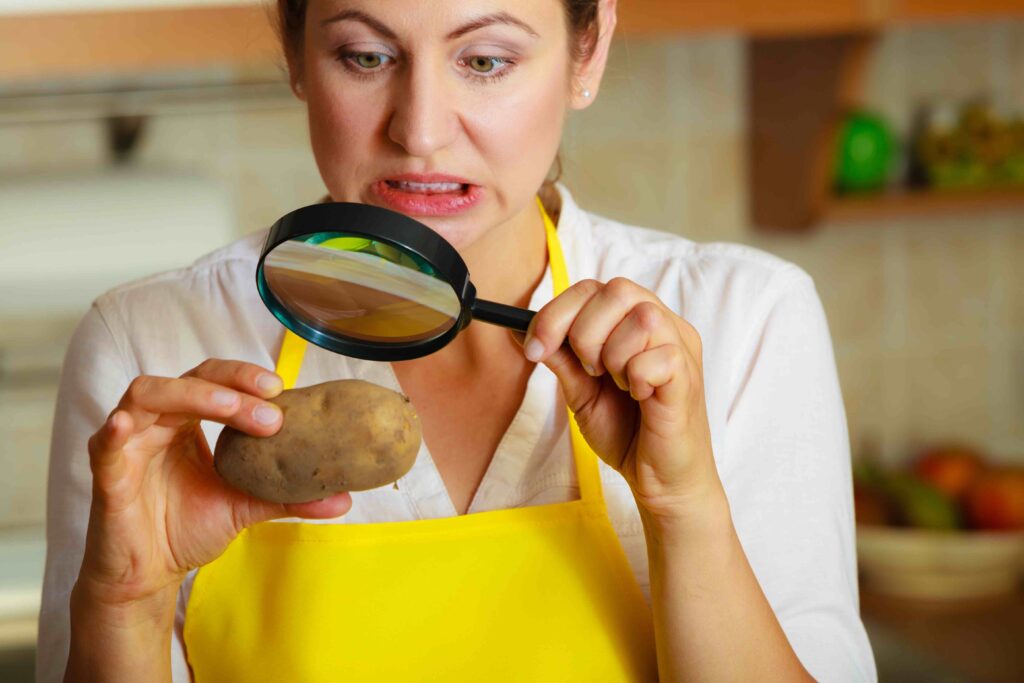
chemophobia
Once upon a time, chemophobia was a term that yielded less than a handful of search results. Times have changed considerably now though, and hearing the term in casual conservation has become a strange sort of norm. So, what is chemophobia? And why has it gained so much heated discussion of late? How does it relate to Chemistry? Read on, because in this article we will answer both of these questions and more.
To start off…what is chemophobia?
Put simply, chemophobia is used to describe a person who has a potent fear of chemicals without understanding the Chemistry in it. Now, the educated person may reasonably argue that how can someone be afraid of chemicals – they’re everywhere! Without the chemicals in our body, we wouldn’t be here to read this article. That’s all very true. However, the increasing number of people who claim to suffer from chemophobia don’t address it as that simply: they make a distinction between ‘good chemicals’ (those that are naturally present in our body) and ‘bad chemicals’ (synthetic ones present in non-organic produce and everyday products like shampoo).
For example, they make a point of not purchasing fruits and vegetables that were grown with the help of pesticides, again a chemical not well studied by the general population – but, more about that later. It should also be noted that this fear of synthetic chemicals did not arise within the span of a day. During the year 1962, a scientist named Rachel Carson published Silent Spring, a book that for the first time outlined the harmful effects of certain pesticides and with a Chemistry background on it; that is when questions regarding the use of chemicals in food and products first arose. Over the years, the concept expanded from pesticides and eventually spawned chemophobia: the fear of all chemicals.
Synthetic vs Natural
The problem with chemophobia and its relation with synthetic vs natural chemicals can be explained through an example in chemistry. Formaldehyde is a common chemical that is found naturally in many food sources such as including meat, fish, fruits, vegetables, and eggs. For example, processed meat can contain 20ppm of formaldehyde whereas a single pear can contain 12,000 micrograms of it. Even a healthy human body can contain approximately 2ppm of the chemical since it is essential in DNA manufacturing processes. Are you scared of formaldehyde? This is a chemical used to preserve organisms in museums post-life!
Chemophobia deems all of these sources as “safe” and “natural”.
Now, let’s consider some synthetic sources of formaldehyde. Vaccines can contain trace amounts of the chemical (100 micrograms), and because of this minute presence that is not even enough to change the concentration of formaldehyde in a child’s bloodstream, some people tend to avoid vaccines. (Mentioning vaccines, let’s study about vaccines in another post soon and the Chemistry behind it apart from biological effects!) In doing so, they expose themselves to infections from a wide range of contagious diseases (like measles) which in many scenarios lead to deaths. People ingest several hundred times more of the chemical by eating a single pear, but this very same people will refuse a product that has it in an extremely small amount. In doing so like the vaccine scenario, they even willingly put themselves in danger – this is essentially the problem of chemophobia.
The phenomenon isn’t limited to just products about their Chemistry, however. You may have noticed that grocery stores now have many aisles dedicated to the provision of organic foods, that are labelled with an official organically produced sticker and are also valued at much higher prices. Demand for organic produce has only grown in the past few decades and the reason behind this is also chemophobia. There is an important need to address the public and explain the Chemistry behind it.
For a produce to be officially certified as 95% organic, it’s soil must not contain most pesticides and fertilizers and it must not be genetically modified. Organic animals should only be fed organic food, and cannot be given antibiotics, growth hormones, and should be free to roam outside. Products cannot have synthetic chemicals. This unduly causes chemophobia.
After going to all of this effort, the verdict still remains that organic food still has not been proven to have a nutritional advantage over ordinary food. Studies have shown that even though organic food shows lower pesticide residue, both types show extremely similar compositions of carbohydrates, vitamins, and minerals. They are also both deemed safe for consumption. So why is the demand for organic products still on the rise? Is there a cause of concern for chemophobia? Do people understand the chemistry behind it?
False Advertising and the Need for Chemical Education
People fear the unknown. They fear what they do not understand the Chemistry behind it. And because of substances like chlorofluorocarbons which have been proven to damage the environment, with the passing years the word “chemical” began to get a bad rep. Even though our own bodies are made of a gazillion chemicals, the unfortunate truth is that aside from chemists, the general population is not knowledgeable enough in the area to surpass their fear. Chemophobia again is at work, for fear of the unknown.
Media does not help in this regard – nowadays, brands even go to the bizarre length of labelling their shampoo products as “chemical-free” – even shampoo is in essence, basically a mixture of chemicals. And the sad part is that upon reading the label, people even buy it. The Chemistry behind it is simple, and it takes the media just a post or two, to enlighten the public.
Chemophobia is spreading among people and will continue to do so until genuine effort is made to educate the populace with necessary information regarding chemicals. Since the phenomenon is already posing a health concern, it is in everyone’s best interests that the actions are taken promptly. Chemistry is an extremely releant topic to our everyday lives and should be covered with respect to everyone’s health and safety.
At Seb Academy, we always put it a priority to introduce life application and questions on health and biomedical care into our topical lessons, especially in organic chemistry, to help students understand the topic better and also to induce them to know Chemistry is all around in their everyday lives. Chemophobia aside, we have to educate our students and also our students parents on safety and what can be eaten correctly or not! That is what set our Chemistry tuition apart from others! Equipped with our student’s portal and practical lessons, we aim to deliver the best content for our students!

